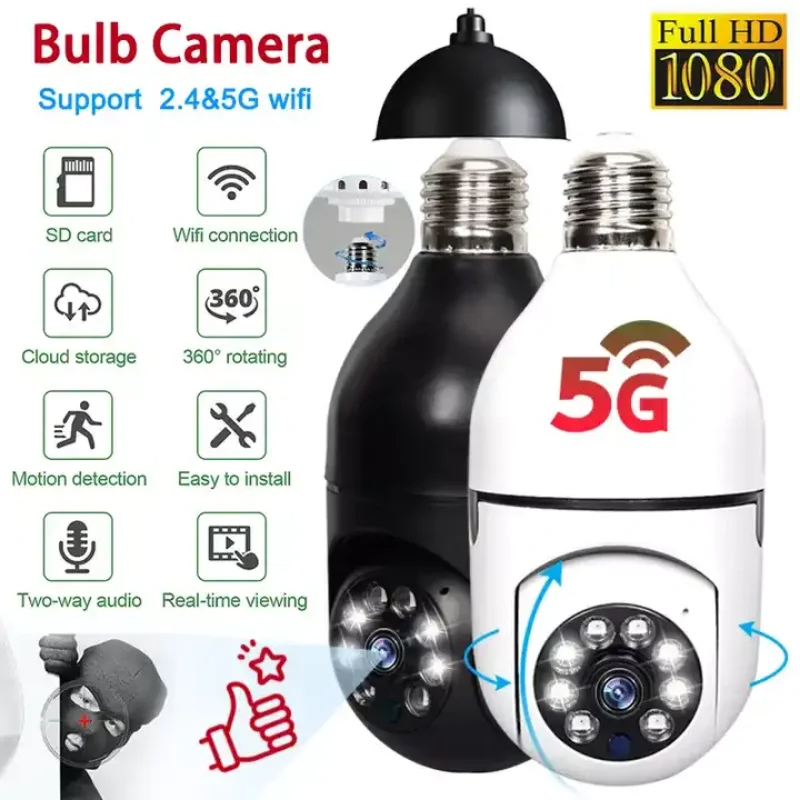
Can Someone Track Your Location from a Text?
Tracking someone’s location through a text message can be a concerning topic, raising questions about privacy, security, and technology. Understanding how this can happen, the mechanisms involved, and the measures you can take to protect your privacy is essential. This document explores the various methods through which someone might track your location via a text message, the technology behind it, and the preventive steps you can take.
1. Understanding the Basics
Tracking a location via a text message generally refers to identifying the geographic location of a person through their mobile phone when they receive, send, or interact with a text message. This can happen in various ways:
- Direct Methods: Using specific techniques or technologies to extract location information from a text message.
- Indirect Methods: Gaining access to the device’s location data through permissions or vulnerabilities exploited when a text message is opened or interacted with.
2. Direct Methods of Location Tracking
2.1. GPS Links in Text Messages
One common method is sending a text message containing a GPS link. If the recipient clicks on the link, their GPS location can be tracked. Here’s how it works:
- Message Contains a Link: The text message includes a URL that, when clicked, can trigger a location-sharing request.
- User Interaction: Upon clicking the link, the user’s browser or app may request permission to access the device’s location.
- Location Sharing: If the user grants permission, the location is sent back to the sender or to a specific server that logs the location data.
This method relies heavily on user interaction and consent. Users can inadvertently share their location if they are not careful about clicking on links from unknown sources.
2.2. Tracking URLs and Phishing
Phishing is another technique where the attacker sends a text message with a malicious link designed to trick the recipient into divulging their location information:
- Phishing Links: These links may appear legitimate but are crafted to gather location data or other sensitive information.
- Fake Websites: The link may lead to a fake website that mimics a legitimate service, prompting the user to enter details or grant permissions that reveal their location.
Phishing relies on deception and the user’s lack of awareness to be effective.
2.3. Silent SMS or Flash SMS
A more technical method involves sending silent SMS or flash SMS messages:
- Silent SMS: Also known as “Stealth SMS,” these messages are not visible to the recipient. However, they can trigger a response from the device that reveals its location to the sender.
- Flash SMS: These are messages that appear directly on the screen without being stored on the device. They can be used to prompt the user to take an action that may reveal their location.
Silent SMS is often used by law enforcement and requires specific tools and access.
3. Indirect Methods of Location Tracking
3.1. Exploiting App Permissions
Many applications on smartphones require permissions to access various features, including location services. Text messages can be used to exploit these permissions:
- App Installation Links: A text message may contain a link to download an app. If installed, the app might request location permissions and then transmit this data to the sender.
- Permissions Abuse: Some apps may abuse the permissions granted to them to collect and transmit location data without the user’s explicit knowledge.
This method involves a combination of social engineering and technical exploitation.
3.2. Social Engineering and Consent Manipulation
Social engineering techniques can be used to trick users into sharing their location data:
- Pretexting: Creating a fabricated scenario where the user is convinced to share their location. For example, a text message claiming to be from a delivery service asking for location confirmation.
- Incentive-Based Requests: Offering incentives such as discounts or promotions in exchange for sharing location data.
These methods rely on psychological manipulation to obtain location information.
4. Technical Background and Mechanisms
4.1. GPS and Location Services
Modern smartphones are equipped with GPS (Global Positioning System) and other location services (e.g., Wi-Fi positioning, cell tower triangulation). These services can provide accurate location data when accessed by applications or services with the necessary permissions.
- GPS: Provides precise location data using satellite signals.
- Wi-Fi and Bluetooth: Can enhance location accuracy by using nearby networks and devices.
- Cell Tower Triangulation: Estimates location based on proximity to cell towers.
4.2. IP Address Tracking
Even without GPS, location can sometimes be inferred from the IP address of the device. When a user interacts with a link or a service via text, their IP address can be logged:
- Geolocation Databases: These databases map IP addresses to geographic locations, providing an approximate location based on the IP address.
- Accuracy: While not as precise as GPS, IP-based location tracking can still provide a general idea of the user’s location.
4.3. Malware and Spyware
Malware and spyware can be used to track location data without the user’s knowledge:
- Installation: Typically installed via malicious links or apps.
- Data Transmission: Once installed, these programs can continuously transmit location data to the attacker.
5. Preventive Measures
5.1. Awareness and Vigilance
- Do Not Click Unknown Links: Avoid clicking on links from unknown or untrusted sources.
- Verify Sources: Confirm the legitimacy of any requests for location data or app installations.
5.2. Manage App Permissions
- Review Permissions: Regularly review and manage the permissions granted to apps on your device.
- Limit Access: Only grant location permissions to apps that absolutely need them.
5.3. Use Security Software
- Install Antivirus Software: Use reputable antivirus software to detect and prevent malware and spyware.
- Regular Scans: Perform regular scans to ensure your device is not compromised.
5.4. Update Software
- Keep Software Updated: Ensure your device’s operating system and apps are up to date to protect against known vulnerabilities.
6. Legal and Ethical Considerations
6.1. Consent and Privacy Laws
- Legal Compliance: Ensure you comply with local laws regarding tracking and privacy.
- Consent: Always obtain explicit consent before tracking someone’s location.
6.2. Ethical Use
- Respect Privacy: Use tracking responsibly and ethically, respecting the privacy of others.
Understanding the methods and mechanisms through which someone might track your location via a text message is crucial for protecting your privacy. By being aware of the potential risks and taking appropriate preventive measures, you can safeguard your location information and maintain your privacy. Always remain vigilant and cautious about sharing location data and interacting with links or apps from unknown sources.
Top On Sale Product
 Original price: $16.50
Original price: $16.50Now price: $12.01
 Original price: EUR 28.18
Original price: EUR 28.18Now price: EUR 16.91Available Code : SHS365, EUR0.91 off, PST 2024-06-01 07:35:00 ~ 2024-08-29 23:59:59
 Original price: EUR 75.88
Original price: EUR 75.88Now price: EUR 38.41









